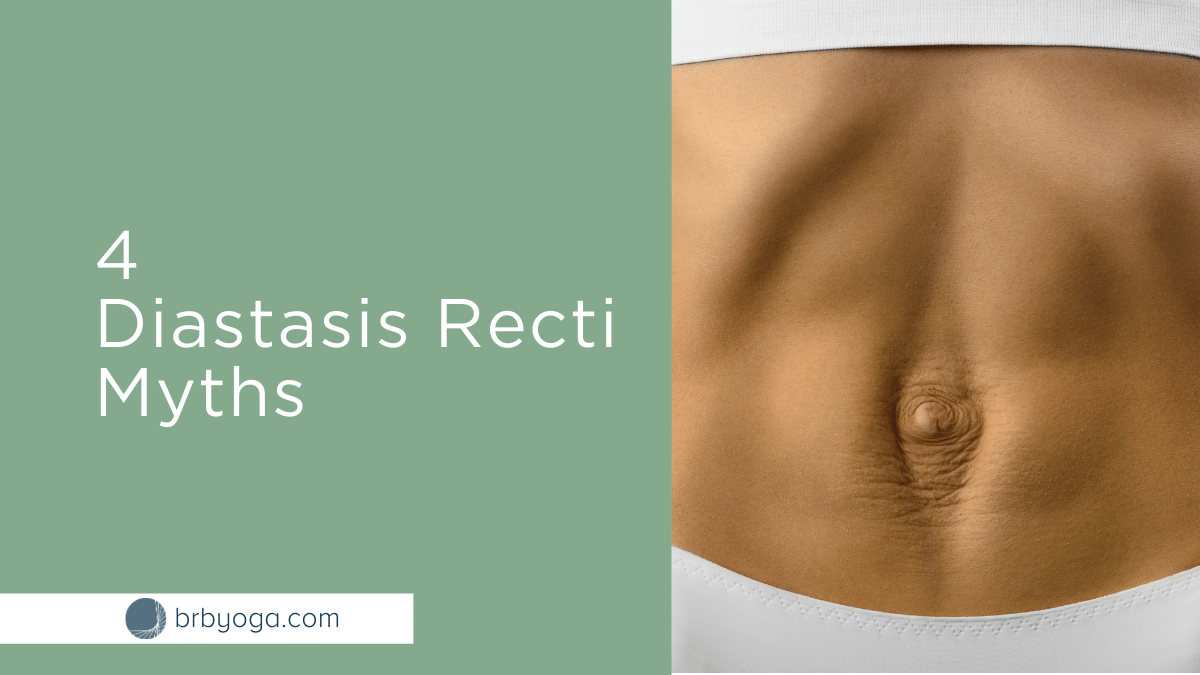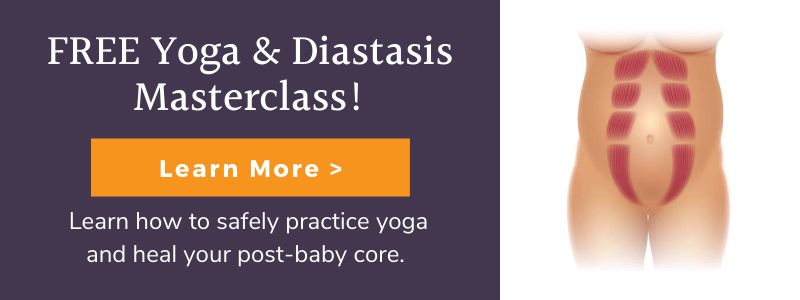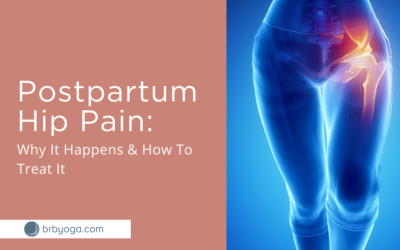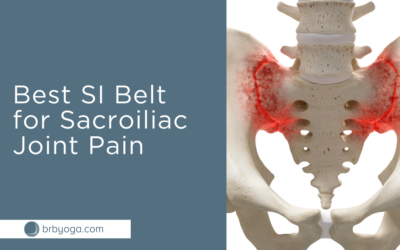Last week I shared four things you probably didn’t know about diastasis recti, and this week I’m sharing four common diastasis recti myths…that just aren’t true.
Let’s dive in.
What is Diastasis Recti?
Diastasis recti is a separation of the abdominals.
It happens when the top layer of abdominal muscles, the rectus abdominis, separate, and the connective tissue that connects the muscles gets thin and weak.
Unsure if you have a diastasis? Here’s how to tell if you have diastasis recti.
4 Diastasis Recti Myths
Diastasis Recti Myth #1: Diastasis Recti can be corrected with one simple exercise, in just 10 minutes a day.
This claim seems to float around the media every few months. The assertion is that this one, magical, core strengthening exercise can close an abdominal separation.
Unfortunately, for most people, this is untrue.
(And if it were true, wouldn’t there be a lot fewer people with diastasis?)
So why does this information keep surfacing?
It comes down to the difference between short-term and long-term assessment of core health.
Can you see improvement in gap size from a single exercise over a few weeks?
Sure. IN THE SHORT-TERM.
If you focus on one core exercise every day, you may very well see a change in the separation of the abdominal muscles.
But will it last? Will it stay that way?
Most often it will not.
Here’s why. Diastasis is not just a core issue. Diastasis is a symptom of a whole-body issue that includes muscle imbalances and poorly managed pressure inside the abdomen.
If you don’t address the underlying causes of the diastasis, you will eventually end up back where you started.
You will undo the work of that single exercise through your daily movements.
When you pick up your heavy toddler or sit with poor alignment all day, you will likely find the gap returning.
If you want LONG-TERM, lasting, core health, you have to address the diastasis as a whole-body issue.
Yes, you need to strengthen your core. But you also need to think about your daily movements, and your body alignment.
To achieve lasting healing of a diastasis, you need a full-body approach.
Diastasis Recti Myth #2: You can prevent a diastasis during pregnancy by doing certain exercises.
Almost a hundred percent of women have a diastasis in their third trimester, which basically means every woman is going to have a diastasis immediately postpartum.
So, it is almost impossible to avoid a diastasis during pregnancy.
That said, there are things that you can do during pregnancy to keep your core strong and prevent a large diastasis during pregnancy.
But a diastasis is necessary for the baby to have enough room to grow.
I like to encourage women to worry less about their diastasis during pregnancy and think more about how to approach the postpartum period to heal effectively and safely.
Diastasis Recti Myth #3: A Belly Binder is necessary to fix a diastasis.
This is not true.
A Belly Binder is a specially designed piece of elastic that acts like a corset and helps draw the abdominal muscles closer together.
A belly binder is NOT necessary for all women.
I have worked with many, many women who have healed a diastasis without ever wearing an abdominal splint.
However, there are many women for whom a short-term splint can be extremely effective. I have a guide on who can benefit from a splint here.
In general, I recommend splints to women who have a four-finger gap or more, or who feel like they can’t engage their core muscles.
For these women, an abdominal splint can be a very helpful tool for core healing.
Diastasis Recti Myth #4: If you haven’t healed a diastasis within 1-2 years postpartum, you’re out of luck, and surgery is your only option.
Again, not true.
As I mentioned in last week’s post, it is never too late to address your core health.
Your muscles and tissues begin to change and heal the moment you start addressing the root cause of a diastasis.
You do this by focusing on proper core engagement, proper alignment, and your daily movement patterns.
Even if you had your baby 30 years ago, you are not beyond help.
It is true that there are some women for whom surgery will be necessary for full healing. But this is an extremely small percentage of women. Odds are, you are not one of them.





